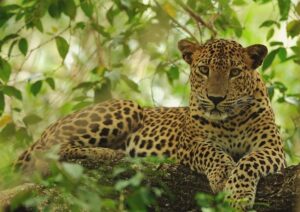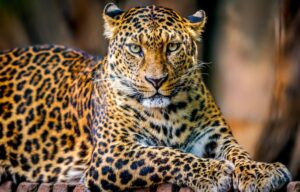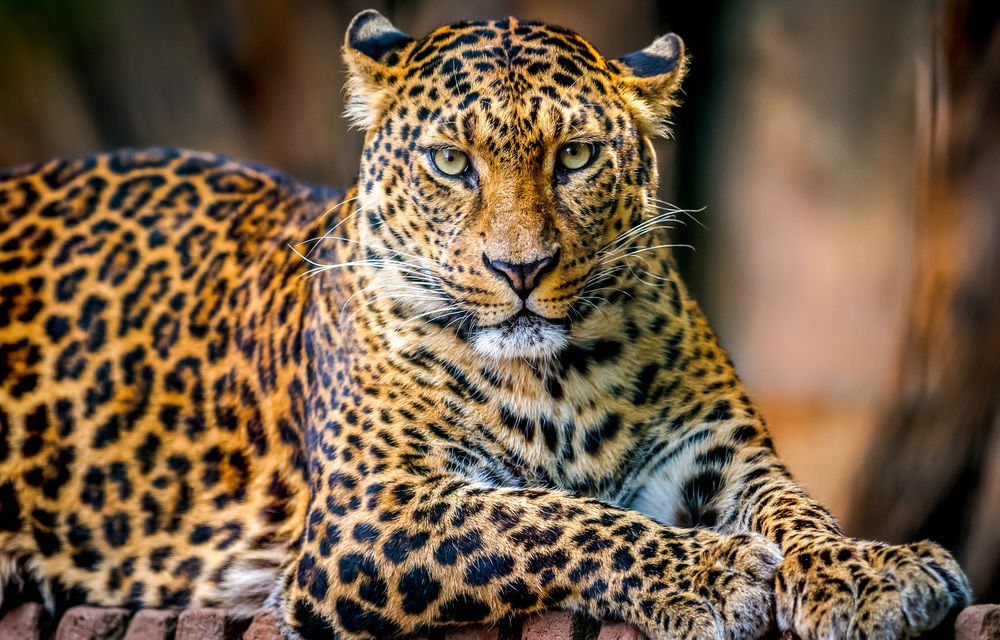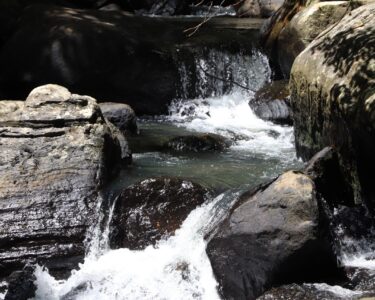Rapid urbanization has significantly disrupted sensitive ecosystems, often leaving wildlife as the most vulnerable victims. In Sri Lanka, the encroachment of human settlements into leopard habitats has exacerbated human-leopard conflicts. As a result, August 1 has been declared ‘Sri Lanka Leopard Day’ to bolster efforts to conserve the Sri Lankan Leopard (Panthera pardus kotiya). Conservationists emphasize the critical role of this keystone species, advocating for more research to mitigate conflicts in shared landscapes.

Human-Leopard Conflict:
Urban expansion has led to increased human-leopard interactions, primarily due to habitat fragmentation. Dr. Sriyanie Miththapala, a conservation biologist, highlights the importance of leopards as top carnivores that maintain ecosystem balance. She warns that losing leopards could disrupt entire ecosystems, affecting essential services that humans rely on. Dr. Miththapala underscores the necessity of learning to coexist with leopards to prevent such ecological imbalances.
Conservation Efforts:
Efforts to reduce leopard deaths from snares and other conflicts have shown some success, yet much remains to be done. Dr. Sumith Pilapitiya points out that awareness campaigns must intensify, especially in communities sharing landscapes with leopards. He advocates for a target of zero leopard deaths or injuries from snares within the next five years, emphasizing the need to reduce bushmeat consumption and enhance local community education.
Leopards’ Role in Ecosystems:
Leopards play a pivotal role as apex predators, regulating prey populations and maintaining ecological balance. Their extinction would cause irreversible damage to ecosystems. Dr. Pilapitiya highlights that despite awareness programs, overcrowding in national parks like Yala and Wilpattu remains a problem, stressing the need for responsible wildlife tourism to prevent disturbing the leopards.
Corporate Involvement:
The Wildlife and Nature Protection Society (WNPS) has partnered with corporations like LOLC to establish monitoring systems and promote leopard conservation. Kithsiri Gunawardana, LOLC’s COO, explains that Sri Lanka’s leopards are a unique subspecies, making their conservation particularly important. He stresses that responsible tourism practices are essential to preserve the relaxed and diurnal nature of Sri Lankan leopards, a rarity among their counterparts in other regions.
Responsible Wildlife Photography:

Conservation photographer Sankha Wanniatchi urges wildlife enthusiasts to adopt responsible practices. Avoiding crowded locations, following park regulations, and educating others about sustainable tourism are crucial to minimizing environmental damage and stress on animals. Wanniatchi recounts incidents where overzealous photographers disrupted wildlife, emphasizing the need for ethical wildlife photography.
Research and Data Collection:
The WNPS and LOLC’s Multi-Regional Leopard Research and Conservation Project, now in its third year, aims to study leopard populations in human-dominated landscapes and facilitate coexistence. Professor Enoka Kudavidanage leads the project, focusing on data collection and community involvement to address human-leopard conflicts. She highlights the importance of land use management and community education to protect leopards effectively.
Biodiversity and Ecological balance
The conservation of the Sri Lankan Leopard is vital for maintaining biodiversity and ecological balance. Promoting coexistence, responsible tourism, corporate involvement, extensive research, and community education are crucial steps toward ensuring the survival of this national treasure. Recognizing the leopard as a ‘native child’ of Sri Lanka, citizens are called upon to contribute to its protection and conservation







